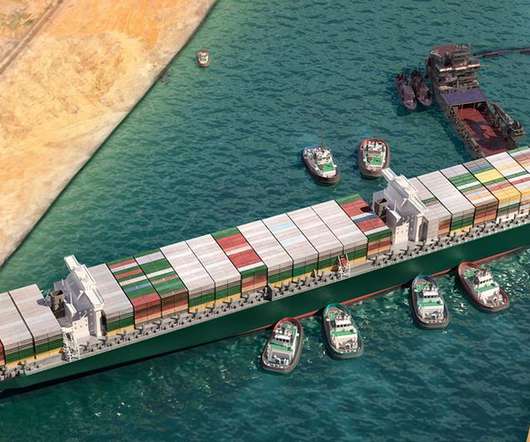More Challenges for the Transportation Network: Day 2 of the SCRC Meeting
Supply Chain View from the Field
DECEMBER 5, 2014
Speakers are the SCRC meeting yesterday and today continued to speak more on the topic of transportation strategy given increasing challenges in the transportation sector, and the need for an effective transportation management strategy. This is impacting how you think about managing the network, and in procurement.
















Let's personalize your content